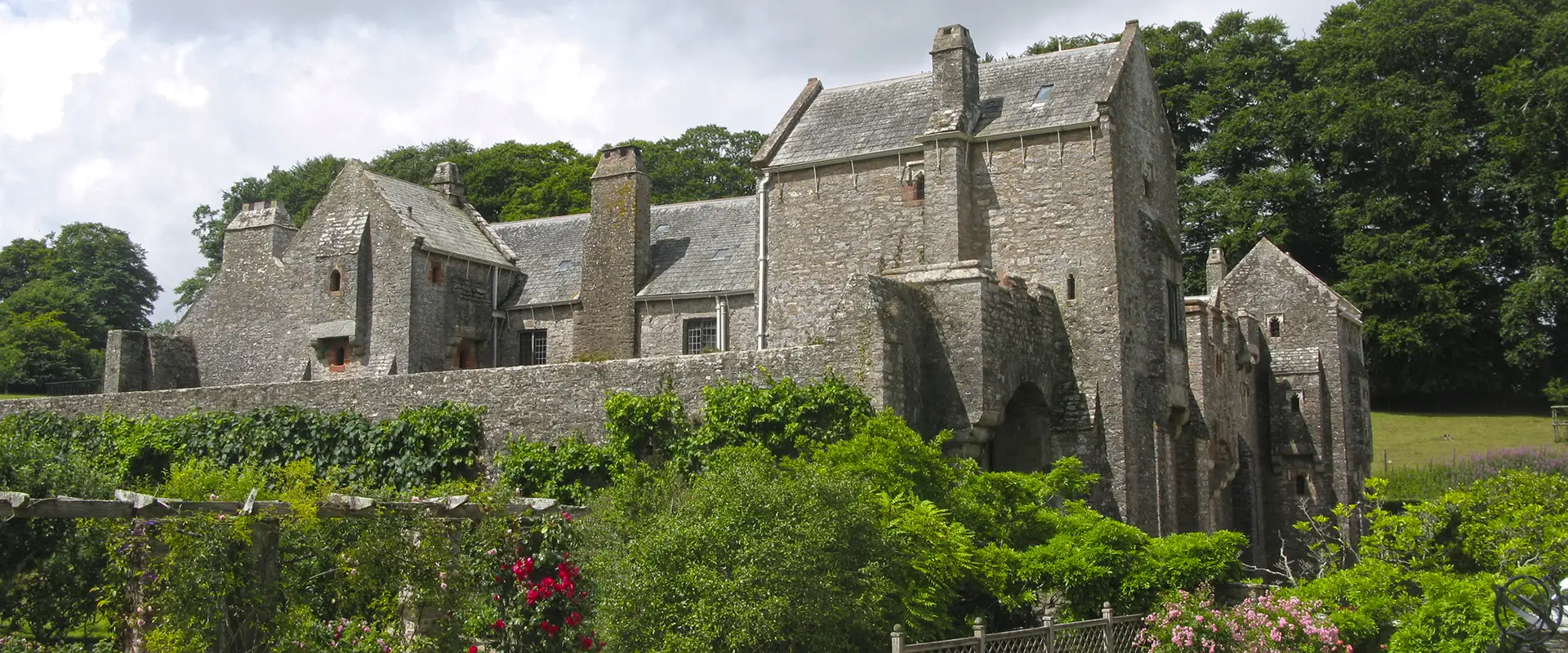The family tree identifies Sir Humphrey Gilbert (1539-1583) as a direct line ancestor. Gilbert had a half-brother, the even better known Sir Walter Raleigh, and two of his sons, Bartholomew and Raleigh Gilbert, in whose veins the desire for adventure and exploration ran strong. The family names Gilbert and Raleigh continued through the generations as both first and last names, right down to Fritz’s father, Gilbert E. Bell, and at least five of his grandchildren and great-grandchildren.
Two of the great European powers were established in the Americas from 1492 (Spain) and 1524 (France) but by the 1580s, England still had no presence here. Humphrey Gilbert had served Queen Elizabeth I with distinction since his youth at Court as a page and was determined to find trade routes to the Orient through, and establish English colonies on, North America.
A larger than life figure, Gilbert had been heavily involved in trying to control Irish resistance to English domination. After observing, to his credit, that traditional military oppression wasn’t working, he devised a plan to colonize the sparsely settled north of Ireland with Protestant English settlers so that the two cultures could live side by side and learn to live together. His plan ultimately failed, leading in modern times to the tragic and violence-filled partition of Ireland. But he tried.
Sir Humphrey had married and in short order sired a daughter and six sons. But he may have had other urges as well. Queen Elizabeth’s Secretary of State Sir Thomas Smith once observed that the only way to soothe Sir Humphrey Gilbert’s attacks of temper was to “send a boy to him.”
In 1583, he sailed a northern route across the Atlantic hoping to find the elusive Northwest Passage, but arrived at Newfoundland, where he claimed as English property the crude little camp of St. John’s used by Grand Banks fishermen from France, Portugal and Basque Spain. He then continued southerly, encountered Nova Scotia and explored it, claiming the entire coast. On his return voyage to England, his ship sank on September 9, 1583 near the Azores, taking everyone on board and virtually all of his records of the trip with it. Other ships in his little fleet made it home safely and reported to the Queen, who began to rethink England’s failure to gain a foothold in the New World.
Sir Walter Raleigh was the next in the family to become involved in the New World, as an organizer and promoter of colonies on the North Carolina barrier islands. The first group, all male, arrived in 1585, set up a fort and village but, facing drought and starvation, abandoned it when another English ship happened by. Raleigh’s second group of settlers, men and women, arrived in 1586, found the abandoned fort and tried to make a go of it. But all English ships of any kind were soon involved in defending England from the Spanish Armada’s attack in 1588. Nobody came to resupply the settlers, all of whom soon passed into history as the Lost Colony of Roanoke.

